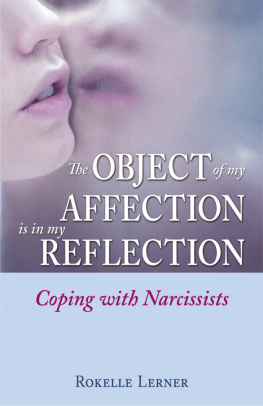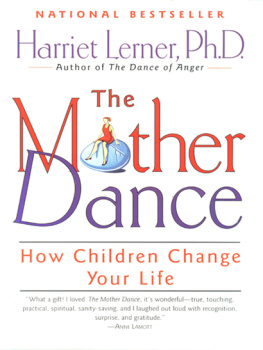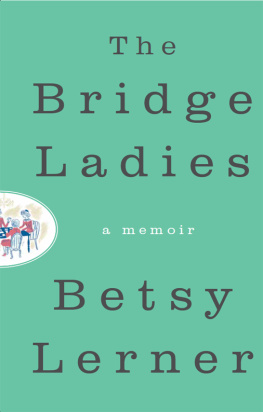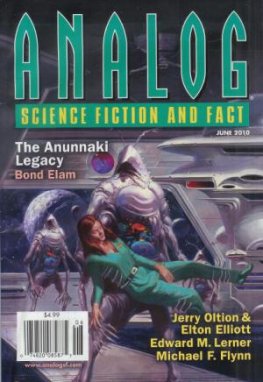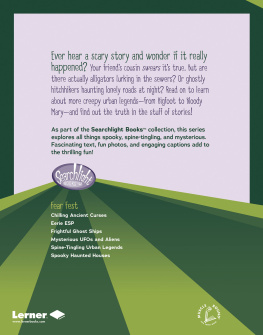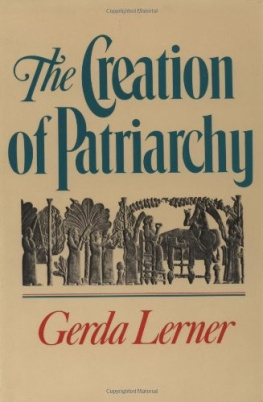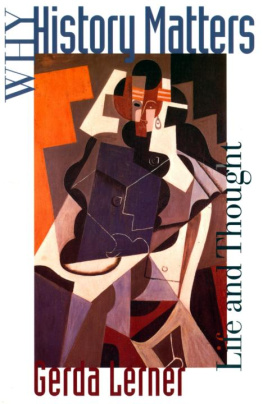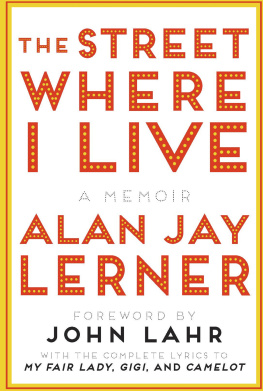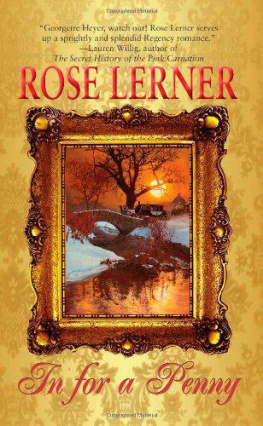About Island Press
Since 1984, the nonprofit organization Island Press has been stimulating, shaping, and communicating ideas that are essential for solving environmental problems worldwide. With more than 800 titles in print and some 40 new releases each year, we are the nations leading publisher on environmental issues. We identify innovative thinkers and emerging trends in the environmental field. We work with world-renowned experts and authors to develop cross-disciplinary solutions to environmental challenges.
Island Press designs and executes educational campaigns in conjunction with our authors to communicate their critical messages in print, in person, and online using the latest technologies, innovative programs, and the media. Our goal is to reach targeted audiencesscientists, policymakers, environmental advocates, urban planners, the media, and concerned citizenswith information that can be used to create the framework for long-term ecological health and human well-being.
Island Press gratefully acknowledges major support of our work by The Agua Fund, The Andrew W. Mellon Foundation, Betsy & Jesse Fink Foundation, The Bobolink Foundation, The Curtis and Edith Munson Foundation, Forrest C. and Frances H. Lattner Foundation, G.O. Forward Fund of the Saint Paul Foundation, Gordon and Betty Moore Foundation, The Kresge Foundation, The Margaret A. Cargill Foundation, The Overbrook Foundation, The S.D. Bechtel, Jr. Foundation, The Summit Charitable Foundation, Inc., V. Kann Rasmussen Foundation, The Wallace Alexander Gerbode Foundation, and other generous supporters.
The opinions expressed in this book are those of the author(s) and do not necessarily reflect the views of our supporters.
URBAN
ACUPUNCTURE
URBAN
ACUPUNCTURE
Jaime Lerner

Washington | Covelo | London
Copyright 2014 Jaime Lerner
Translated from the Portuguese by Mac Margolis, Peter Muello, and Ariadne Daher.
All rights reserved under International and Pan-American Copyright Conventions. No part of this book may be reproduced in any form or by any means without permission in writing from the publisher: Island Press, 2000 M Street, NW, Suite 650, Washington, DC 20036
Island Press is a trademark of The Center for Resource Economics.

This project was made possible with the support of the John S. and James L. Knight Foundation.
Island Press would also like to acknowledge the collaboration of the Center for the Living City.
Library of Congress Control Number: 2014944763
Keywords: Architecture, Barcelona, Beijing, bicycling, bus rapid transit, Curitiba, Paris, pedestrian zones, public markets, public space, public transportation, urbanism, urban planning
CONTENTS
by Carol Coletta, Knight Foundation
by Jan Gehl
PREFACE
I t is with great pride that we present this English translation of Jaime Lerners Urban Acupuncture. We know it belongs to the canon of great urban readings, and Jaime follows in the tradition of Jane Jacobs, William Whyte, and many other visionaries who have illuminated the worlds thinking on cities. Urban Acupuncture is a work of fierce love for real, living, people-filled cities and cities for people.
Jaimes words emerge from knowing many cities and loving each of them for the surprises, delights, and kindness they offer, from the delight of a shaded sidewalk to the gift of a trumpeter who serenades his neighborhood every evening.
Jaime sees all these small wonders of a city and celebrates them. But Jaime is not just an observer. His love for cities bears fruit in a fierce devotion to making them work. Hes an actor and a reinventor. He doesnt just preach urban acupuncture. As a mayor, an urban planner, and designer, hes actually successfully performed these interventions.
I share his love of cities and the wonder and possibilities that small interventions bring and how those pinpoints of action can reorder the fabric and sense of a city.
In Chicago, one of the cities I was fortunate to have called home, I had the pleasure of living three blocks from Lurie Garden. I considered myself the luckiest person in the world to be so near this urban oasis that was at once formal and wild, contemplative and quite alive. It was overwhelmingly beautiful, even in winter. Whenever I visited, and I tried to do so most days, I could feel my blood pressure drop. It was a respite of calm in a frenetic city.
(Ive told my husband to please sneak my ashes in when I die and spread them there because its a place where I could be quite content forever.)
Lurie was my calming point. Then there was Chicagos SummerDance. Set in a beautiful garden, it attracts the single most diverse group of people you could ever hope to gather. Strangers dance with strangers. And they touch each other for extended periods of time!
Evenings always begin with an hour of dance instruction, followed by two hours of dancing to live music. From June through September, Thursdays through Sundays, Chicagoans from all over town gather to dance Tango, Swing, Cajun, Rhumba, Salsa, Greek, Waltz, Step, Line, you name it. Its Chicagos own version of Dancing with the Stars without the stars... just ordinary people who want to dance.
These two places, these two pinpoint interventions in time, space, and place have, for me, lifted the spirit and fabric of the city to sublime. Yes, real cities with real people will have real problems, but they will also have people like Jaime Lerner who are too busy loving their city and reinventing their community to let anything get in the way. As Jane Jacobs once put it, Designing a dream city is easy. Rebuilding a living one takes imagination.
Knight Foundation wants to nurture civic innovators and we hope Jaimes words inspire more people to fully engage in the life of their city.
Carol Coletta
VP/Community and National Initiatives
The John S. and James L. Knight Foundation
FOREWORD
W ithout an understanding of people and politics, planning is merely a technocratic tool. Jaime Lerner has a deep understanding and passion for planning and politicsbut he cares about people above all. In this book, he shares inspiring stories about how visions of unified and vibrant cities can become a reality through what he calls urban acupuncture.
We all know we have to work hard to create more sustainable and healthier cities. But it is one thing to agree upon those visions, and certainly another thing to do something meaningful about it. Transforming cities has to do with not only their physical features but also psychological, cultural, and many other factors. Jaime Lerner has been a great source of inspiration for generations of city planners and politicians as someone with a professional and human understanding of cities, but at the same time, a deep understanding of the political forces at work. It is therefore very much welcomed that he now shares his stories with a larger audience. With its poetic format, Urban Acupuncture is almost like getting a glimpse into Jaime Lerners notebook, with stories from all over the world and from different periods in his career, including his work as a mayor as well as a consultant for cities around the globe.


